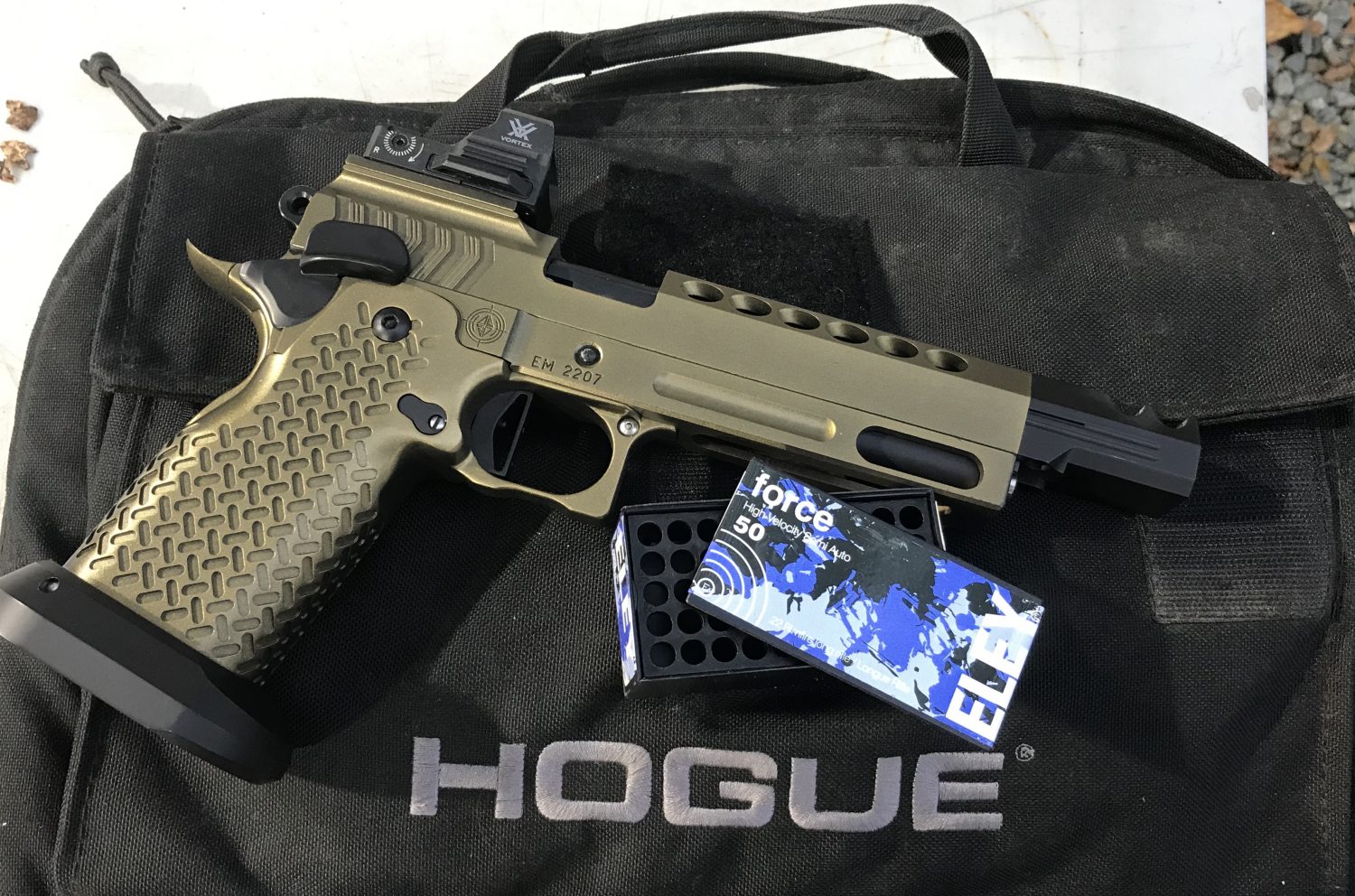The debate; is light better or heavy better?, started off early in my childhood. As a fanatic lacrosse player it was important to have a lighter stick to be able to throw the ball harder. As I progressed in my skill level I had the opportunity to play on the Onondaga Native American Reservation where lacrosse is a way of life. This was a faster game than I was used to, it was my introduction to box lacrosse. Sparing the intimate details, box lacrosse has smaller goals, smaller fields and typically is played in a dried up hockey rink. The other distinguishing feature of this style of lacrosse is you can cross-check your opponent. This is where you place two hands on your stick, with your hands spread apart and hit your opponent with the shaft of the stick. If done right, this makes the contact of football look like the contact in playing checkers.
I learned a lot about a lot of things while spending time on the reservation, the life lessons could be another blog series by itself. Sticking with equipment, as I would cross check my opponents I would bend the shaft of my stick and it seemed as though I was replacing one every practice or game. A lot of people were using hickory wooden shafts which were noticeable heavier, but they were unforgiving when firmly pressed against an opponent. After a few weeks, I saw an older leader of the tribe using a metal shaft and it never seemed to bend. I asked him about the shaft of his stick and asked why it did not bend. He laughed and told me he told the kids it was magic and guarded by the sacred ancestors. I then raised an eyebrow and asked him again why it did not bend. He shared his secret with me. It was a cut down defensive shaft to 40” (for regulation). I asked him why it mattered and he took the butt of the shaft of the stick off and I was mesmerized. The thickness of the wall of the shaft of the stick was two to three times the thickness. So, on the outside it looked like a normal aluminum shaft of the stick and in actuality it was a heavier duty version. It was lighter than the wooden option, but a little bit heavier than the traditional aluminum and still maintaining good ball speed when thrown and could take the abuse of cross checking opponents. Pretty innovative.
There has been a lot of debate in the competitive shooting world surrounding the weight of guns. At the 2017 Alabama State Steel Challenge Championship I shot the fastest time ever shot at a major match with a 7+ pound gun in PCC. This record stood for over 18 months. At this time people asked me what I was shooting and I told them a JP Rifles GMR13 with a 16” steel barrel and compensator. The consensus in the community was this was too heavy for the general population to shoot fast. As a brand ambassador I shared this feedback with JP and in a couple of years a light weight barrel was developed. Earlier this year I was afforded an opportunity to shoot this lighter setup and the difference was amazing. I estimate this setup to be 1-1.5lbs lighter than my previous setup. In the first two matches I of shooting the gun I set personal bests on every stage. It is not only the weight, but where the weight was trimmed. The weight was removed from the end of the gun therefore lowering the Moment of Inertia. (If you have trouble sleeping, read the Wikipedia page on Moment of Inertia).
The Moment of Inertia, in layman’s terms, is the force or torque required to start or stop an object. In this case, the gun as you transition from target to target. The value of having a higher Moment of Inertia is on stages such as Steel Challenge’s ‘Five to Go’ Stage where you are moving the gun quickly, a heavier gun appears more stable and the sights bounce less because the gun or specifically the end of the gun is heavier. On a stage such as ‘Smoke and Hope’ a heavier gun is slower because of the wide and fast transitions if you exerted the same exact force on the gun.
So, what is the right option for you? Regardless of the details above, a gun has to be ‘shootable’. For younger shooters who have not developed their mature muscles, a lighter gun is going to be easier to shoot and more fun. As you get older you want to balance the pros and cons of each setup. Based on my testing and results with my JP Rifles PCC, I am lightening the front of my rimfire rifles to test how fast I can really go! In this case, will my setup enable me to shoot all 8 stages in Steel Challenge Faster? We will soon see.
See you out on the range soon!
Steve

Steve – did you try removing the compensator to save even more weight?
LikeLike
Hi Jeff, on which gun? On the PCC I did try without, but the majority of the weight is in the barrel.
Steve
LikeLike
PCC. It should be like removing another 3-4 ounces from the end of the barrel. Sounds like you already tested it. Muzzle brakes & comps accomplish nothing on my little SBR.
LikeLike
Roger that Jeff. This is the beauty of the JP lightweight barrel, the comp is integrated into the 16″ barrel.
LikeLike